Cows & California: A Story of Grazing for Good
Q&A with Janet McBride, Executive Director, Bay Area Ridge Trail Council
December 1, 2023Bay Delta Conservation: Pacheco Marsh Update
April 17, 2024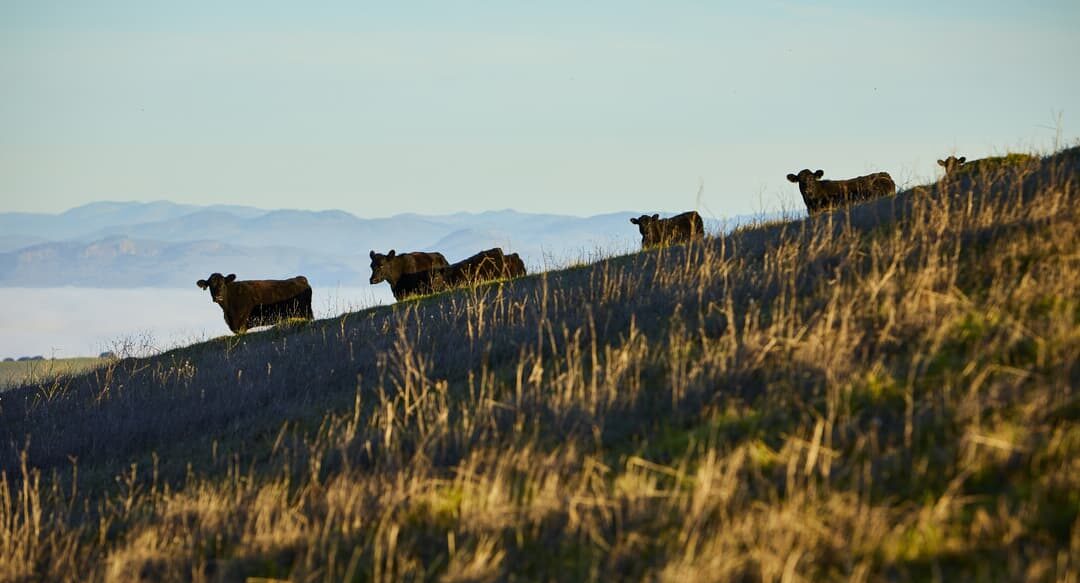
Have you ever seen cattle grazing on a John Muir Land Trust property and wondered, "Why are there cows here?". It might seem counterintuitive, but well-managed cattle grazing can be a powerful tool for conservation, especially for California's grasslands. Here's how:
Grazing for Good
One key benefit of grazing is increased habitat diversity. California's grasslands, once dominated by native species, are now overrun by invasive grasses. These invaders crowd out native plants, leaving little room for the animals that depend on them. Grazing cattle act like natural lawnmowers, munching down on invasive grasses and creating space for native wildflowers and plants to thrive. This promotes a more balanced and diverse ecosystem, supporting a plethora of plant and animal species.
Fire Prevention: Less Fuel, More Fun
Another critical benefit is fire mitigation. Those invasive grasses are like tinderboxes, waiting for a spark to ignite devastating wildfires. By strategically grazing cattle in these areas, JMLT reduces the amount of flammable fuel, making wildfires less likely to spread and easier to control. This not only protects the land and wildlife but also keeps nearby communities safer.
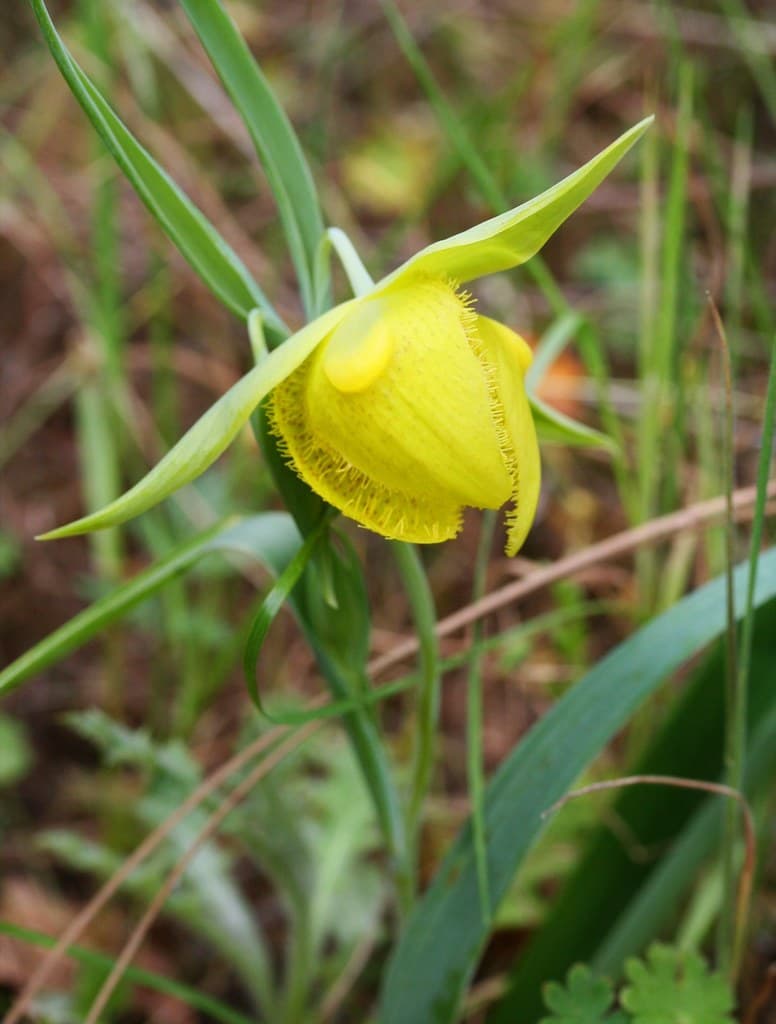
Calochortus pulchellus is a rare species of flowering plant in the lily family known by the common name Mt. Diablo fairy-lantern.
Conserving Rare and Endangered Species
Take Harvey Ranch, for example. JMLT's Stewardship Director, James Wilson, meticulously crafted a grazing plan with biologists to ensure the delicate balance of native grasslands, aquatic ecosystems, and rare plants. This means strategically selecting where and when cows graze, ensuring the protection of unique species like the Diablo Helianthella and Mt. Diablo Fairy Lantern.
Matters of Money
Yes, grazing leases generate income for JMLT, but the benefits extend far beyond financial gain. This income goes directly back into land stewardship, ensuring our properties continue to thrive. All that said, grazing has its downsides, like muddy, pocked trails and encounters with cow pies (watch your step!). We recognize these trade-offs and work hard to minimize them while maximizing our visitors' experience.
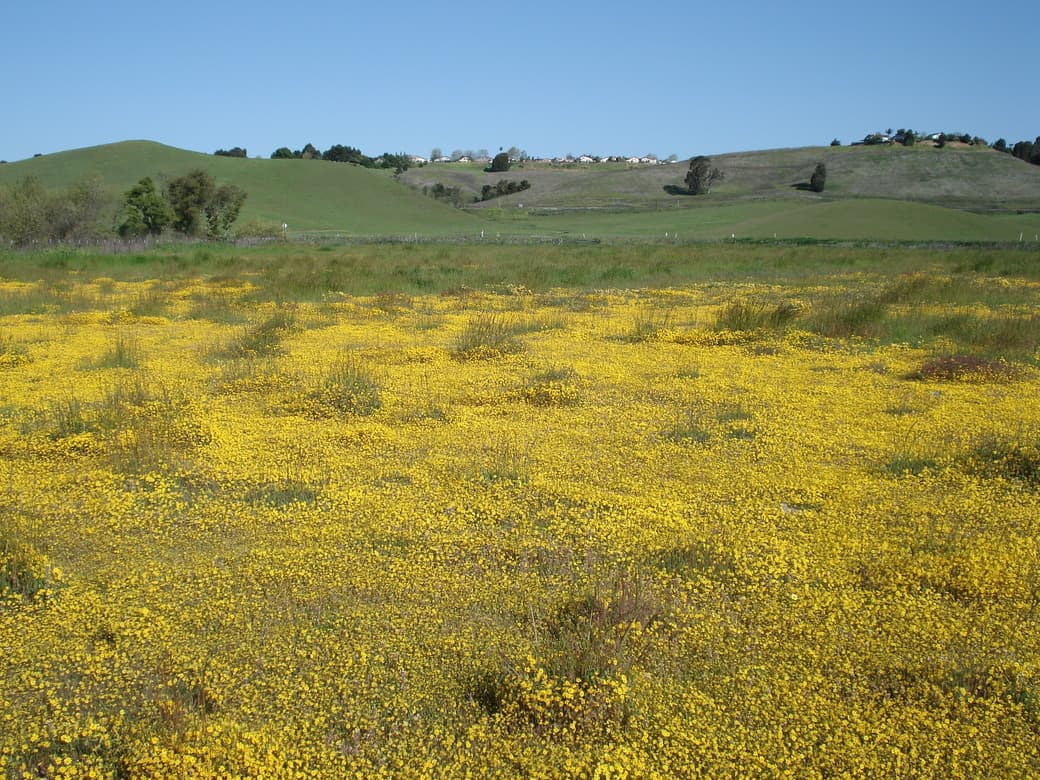
CC Goldfields: Hooray for hooves!
Beyond Grasslands
The story doesn't end with fire prevention and biodiversity. Grazing also connects us to our history. These cattle aren't JMLT's own – they belong to multi-generation ranching families who manage them within the framework of the program. This not only helps preserve traditional land use practices but also supports local businesses and strengthens the community's cultural fabric.
So, the next time you see cattle on a JMLT property, remember: they are our partners in conservation, playing a vital role in creating a healthier, more diverse, and fire-resistant landscape for everyone to enjoy.
It's Calving Season!
As spring arrives and brings new life to our JMLT properties, we ask visitors to be mindful and practice safety around calving cows. Here are some key points to remember:
1. Leash Your Dog:
Dogs chasing cattle can be dangerous for both the dog and the cows, and the stress can even be fatal for calves. While our properties are typically off-leash, please keep your dog on a leash during calving season, especially if your dog wanders, enjoys chasing, or is not under strict voice control.
2. Leave Calves Alone:
It's natural to see a calf by itself and want to help, but resist the urge! Mama cows often leave their babies temporarily while they graze or drink water. Approaching a calf can actually separate it from its mother, making it more vulnerable to predators and the elements. If you see a calf alone, simply admire it from afar and leave it be.
3. Report Concerns:
If you see an animal in distress on JMLT property, please don't hesitate to contact JMLT Stewardship Director James Wilson at (925) 228-7612.
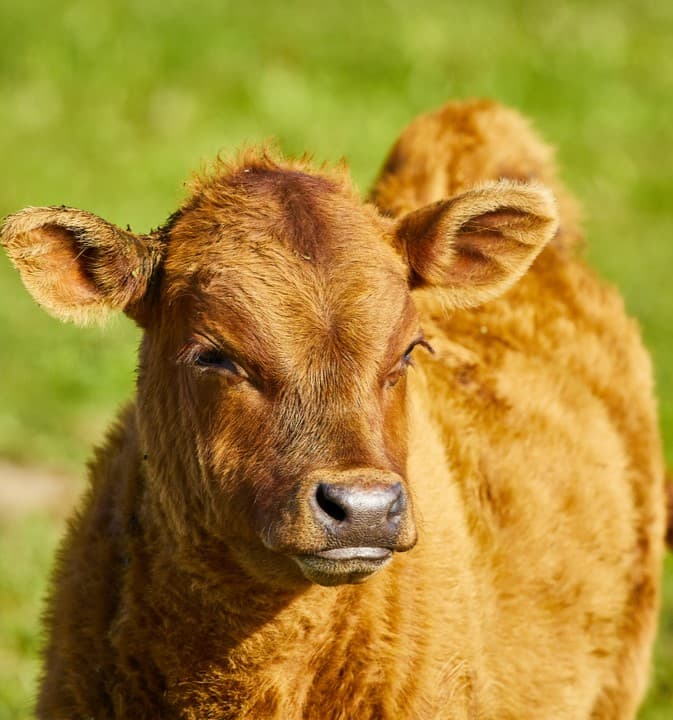
I know I'm adorbs, but please keep your distance!
